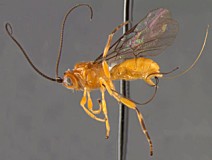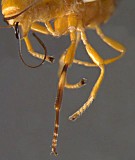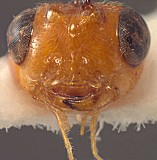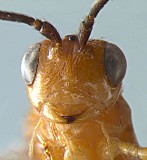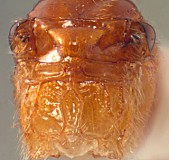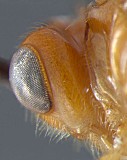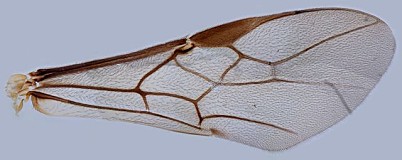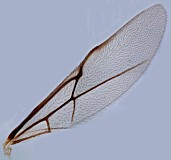Doryctobracon areolatus (Szépligeti, 1911)
Opius cereus Gahan, 1919 (= Parachasma cereum and Diachasma cereum)
Opius tucumanus Blanchard, 1966; Ovruski and Wharton (1996).
Doryctobracon areolatus has been successfully introduced in Florida and it is now well established there. Unsuccessful efforts have been made to introduce this species to Hawaii (e. g. Clausen et al. 1965).
Additional publications include:
records from Brazil: Aguiar-Menezes and Menezes (2001), including one of the earliest reports on biology (von Ihering 1912).
diapause in Mexico: Aluja et al. (1998).
relationships between ovipositor length, fruit morphology, competition, and host location: Sivinski et al. (2001); Sivinski and Aluja (2001); Paranhos et al. (2013).
spatial and temporal distribution: Sivinski et al. (1997); Sivinski et al. (1998); Sivinski et al. (1999); Sivinski et al. (2000).
Pygidial gland: Teles da Silva and Manzoli Palma (1985).

